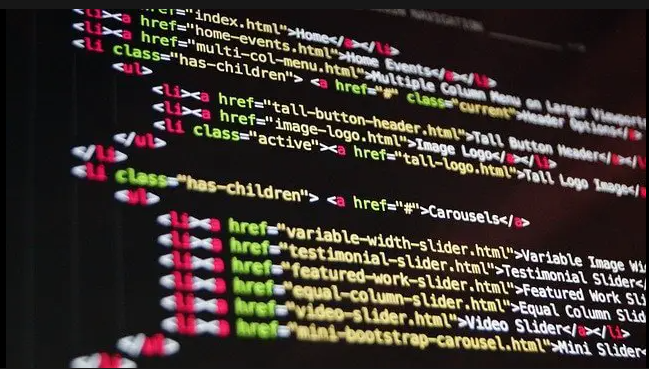Defending Against XSS Attacks
Defending against Cross-Site Scripting (XSS) attacks involves properly sanitizing and escaping user inputs to ensure that malicious scripts cannot be injected and executed on your web pages. Here’s an example in PHP using the htmlspecialchars function to defend against XSS attacks:
<?php
// Function to sanitize user input
function sanitizeInput($input) {
// Use htmlspecialchars to convert special characters to HTML entities
return htmlspecialchars($input, ENT_QUOTES, 'UTF-8');
}
// Example: Retrieve user input from a form
$userInput = $_POST['user_input']; // Replace with the actual input variable from your form
// Sanitize the user input before displaying it on the page
$sanitizedInput = sanitizeInput($userInput);
?>
<!DOCTYPE html>
<html lang="en">
<head>
<meta charset="UTF-8">
<meta name="viewport" content="width=device-width, initial-scale=1.0">
<title>XSS Defense Example</title>
</head>
<body>
<!-- Display the sanitized input on the page -->
<p>User Input: <?php echo $sanitizedInput; ?></p>
</body>
</html>
In this example:
- The
sanitizeInputfunction useshtmlspecialcharsto convert special characters (<,>,",', and&) to their corresponding HTML entities. This prevents these characters from being interpreted as HTML or JavaScript code when rendered in the browser. - The user input is retrieved from the
$_POSTarray (you might use$_GETor other sources depending on your application). - The retrieved input is then sanitized using the
sanitizeInputfunction before being displayed on the page.
By applying this approach consistently to all user inputs that are rendered in HTML, you reduce the risk of XSS attacks. Keep in mind that this is just one layer of defense, and it’s essential to validate and sanitize inputs on both the client and server sides. Also, consider using Content Security Policy (CSP) headers to further enhance your XSS defenses











